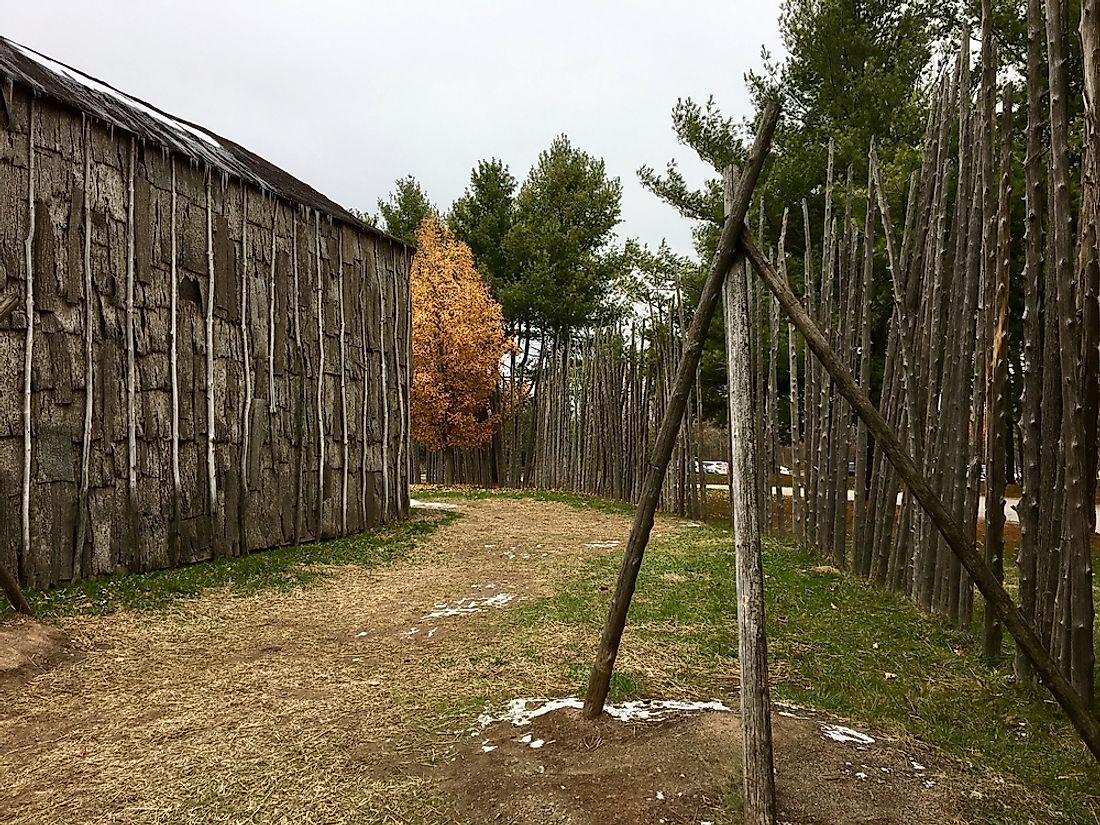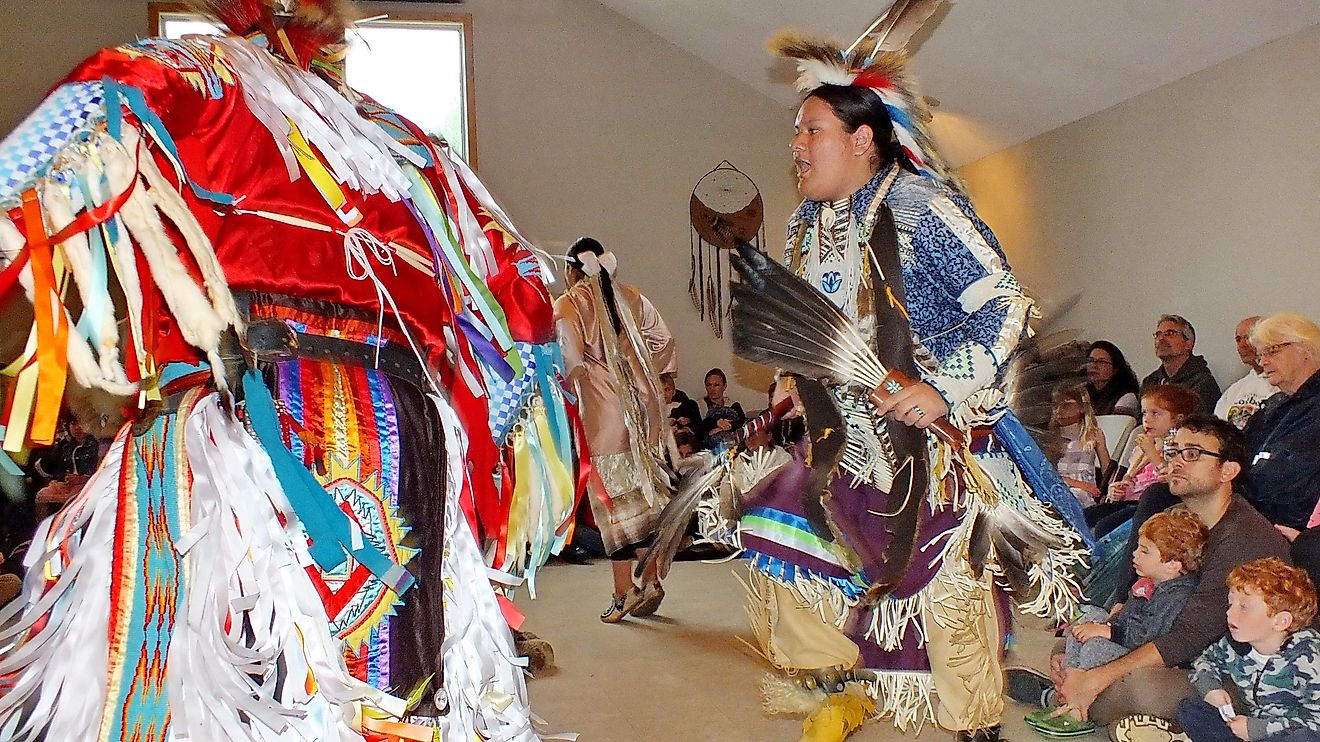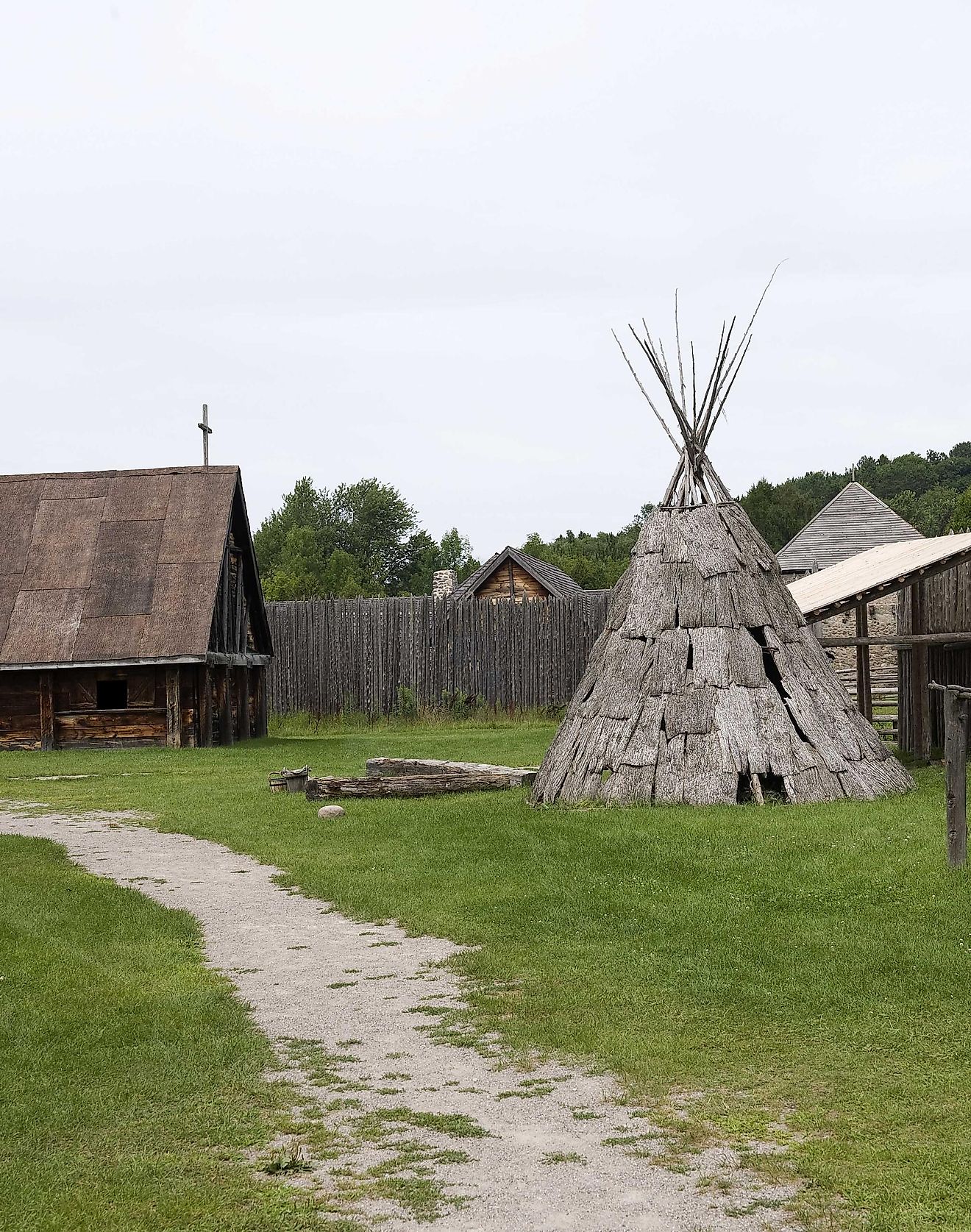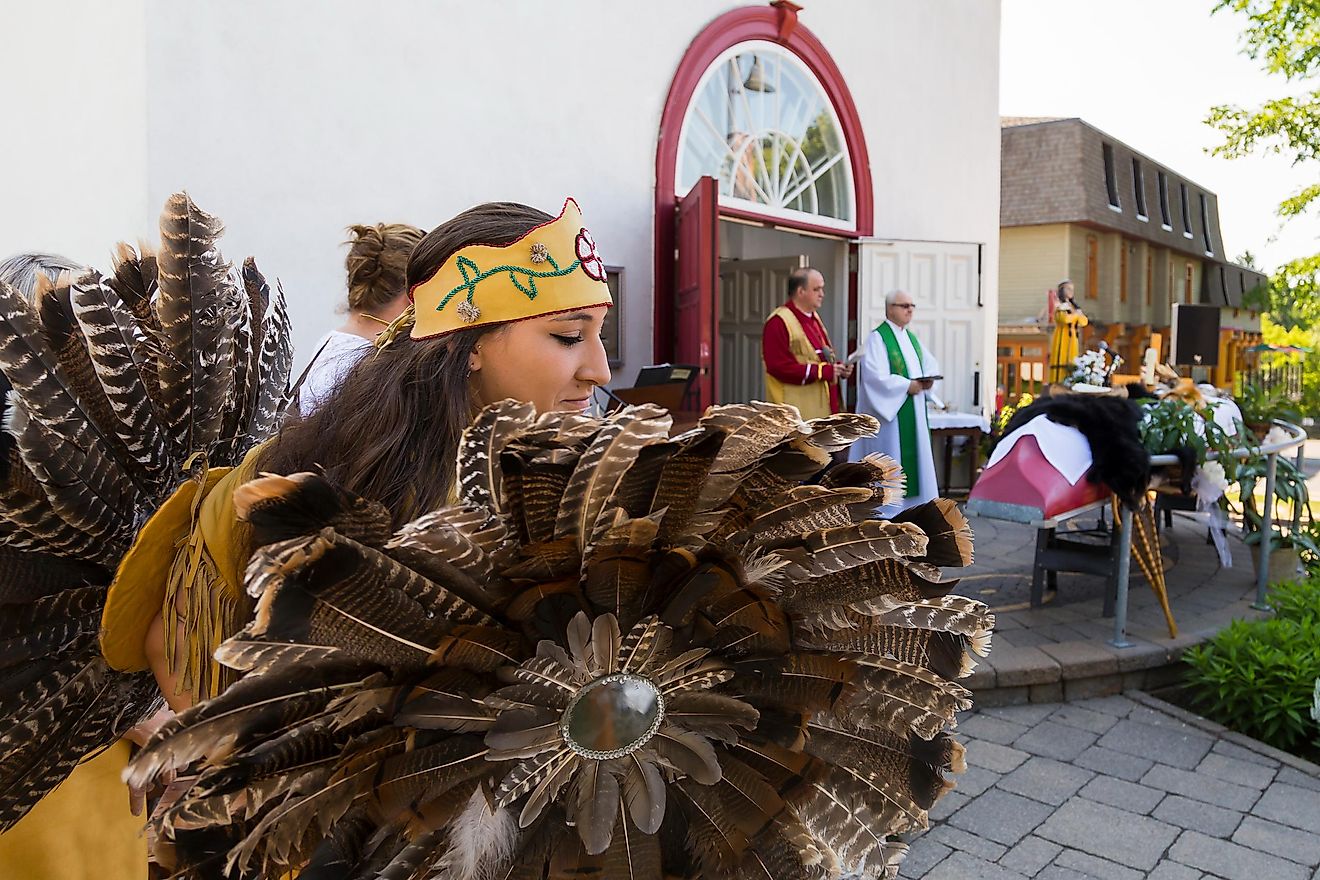The Huron People

Description

Before English, French, and Spanish settlers came to North America, many Indigenous nations lived in the area, using its resources responsibly for generations. Of those tribes living in Canada, one of the most notable was the Wendat people (Wyandot), also commonly referred to as the Huron in English, or Hurrone among francophone people. The Huron people have survived for thousands of years, though through the course of European colonization and subsequent assimilation into white Euro-centric culture, many of their traditions were lost for good.
Today, around 21,000 live across small remnants of their ancestral lands in Canada, mostly in southern Quebec and especially around Quebec City. Some also live in the United States as well, mostly in the states of Kansas, Michigan, and Oklahoma. Their language is said to be of Iroquoian origins, though it was rapidly changed after they first made contact with French explorers in 1534. However, even before European settlers found their way to North America, the Huron had dispersed themselves across a wide area, ranging from central Ontario to the southern end of the Georgian Bay. Historians find it difficult to calculate exactly how numerous the Wendat population was during these times, although it is speculated to have reached between 30,000 and 45,000 people at its peak.
Architecture

Along with standard Indigenous engineering traditions shared by various tribes, such as the creation of stick houses, teepees, and spears, the Huron people were also known to have been artists following European contact, due to their wide array of fine art forms they created. In fact, when we see Indigenous depictions created by Canadian aboriginals, we are quite often looking at those of the Huron. The Huron were also known for their artisanship in forming clay into pots and bowls.
Cuisine

Getting a taste of the cuisine of Huron culture is still possible today through the Huron-themed restaurants of Quebec, where you can enjoy some authentic dishes. These dishes are very healthy by modern standards and usually consist of natural ingredients that the Huron would have had at the time. These foods may include any type of game meat found in this part of North America, as well as berries and fish. Most Huron tribes were surrounded by wild mint, fir jelly, various berries, and black spruce, which they used as a spice. Some bread dishes are incorporated as well, introduced after early European settlers first colonized the area. The Huron people also farmed the Three Sisters crops of corn, beans and squash, a staple for many Indigenous tribes in the region.
Cultural Significance

The Huron tribes were among the first in the region to establish formal tribal chains of command and a system through which everyone in the tribe could contribute. They managed their own internal affairs and created a hierarchy, complete with chiefs, scavengers, laborers, and other roles important to the tribe.
When the Europeans arrived to colonize North America, the Huron people became allies with the French explorers in order to trade with them. They traded for, among other things, weapons in order to defend themselves against their enemies, the Haudenosaunee (Iroquois).
Threats
Initially, the greatest threats to the Huron people were the rival Haudenosaunee, who dominated portions of what are today southeast Canada and the Northeast United States prior to European contact. The Huron people worked closely with the French settlers, and they even let one prominent Frenchman, Pierre Boucher, live within their community. The Iroquois tribes often fought with the French settlers, and by default would often attack the Huron as well. These attacks eventually forced the Huron tribes to move further west.
Along with the immediate threat of other tribes, the Huron people also experienced assimilation by the French settlers. The Jesuits, who were a group of missionary Catholic men, began to try to convert the local Huron population to Christianity. At the same time, the French explorers enforced the nation's use of French as a language, which most Huron living today continue to speak. It was through such processes that a great deal of the Hurons' language and belief systems were ultimately forgotten or destroyed.











